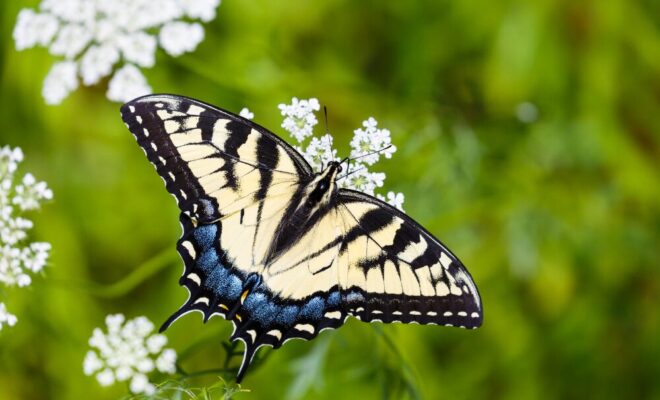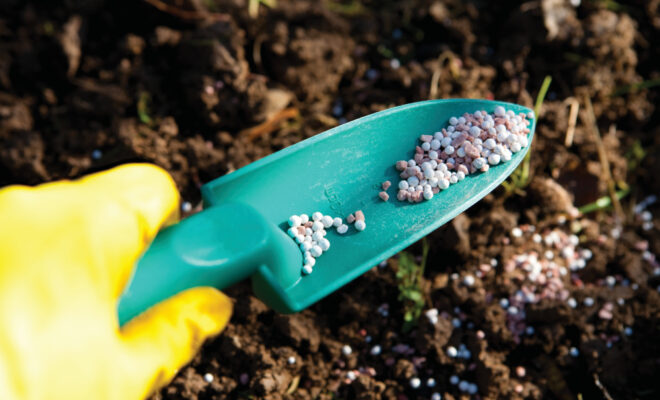You drive by it every day on your way to work – that ugly stretch of neglected, weed-spotted dirt at the stop sign where several streets meet. Everybody hates it but nobody owns it. What can be done? You don’t even know to whom to complain.
This sounds like the ideal spot for some guerilla gardening. In guerilla gardening, people take matters into their own hands to plant and tend eyesores they do not own, turning them into an oasis of color. It is a form of non-violent, direct action, and it’s often done on public land. In other words, guerilla gardening is tending and transforming land you do not own and without permission. Think of it as a type of “green graffiti” using plants instead of spray paint.
Often, guerilla gardening takes place under the cover of darkness. One day the spot is an untended mess, and by the next morning it’s a beautiful garden. Other guerilla gardeners work during the day, especially if there is a chance to get the locals interested and involved in maintaining the new site.
Some examples of places that are ripe for this type of “political” gardening are traffic islands, median strips, abandoned lots and parkways – that strip of land sandwiched between the street and sidewalk.
One could make a case that Johnny Appleseed was one of the first guerilla gardeners back in the early 1800s. But even before that, in the 1600s, Gerrard Winstanley and his Diggers were active in England taking over public land and planting crops for their own use. The modern term, “guerilla gardening,” was coined by Liz Christy and her group, the Green Guerillas, who were active in New York in 1973.
Great Britain has many active guerilla gardeners. Use your computer search engine to see pictures of their successes. Closer to home, Evanston has a group called Trowels-on-the-Prowl.
An important part of a guerilla gardener’s armory is the seed bomb, which is hurled grenade fashion into hard to reach places. Seed bombs, also known as seed grenades or seed dumplings, are made by mixing clay, compost and seeds into balls. The clay protects the seeds from mice and birds until there is sufficient rain to activate them. The compost acts as a fertile bed to help the plants get a start. If building seed grenades, choose plant varieties that are native to Illinois and can tolerate tough conditions.
If your goal is to have an instant vegetative transformation, make sure you can water the plants and choose transplants instead of seed.
Regardless of the method, all guerilla gardening actions contribute to a more aesthetic environment. So, instead of being angry about that abandoned eyesore, find a cabal of fellow gardeners and take action.





